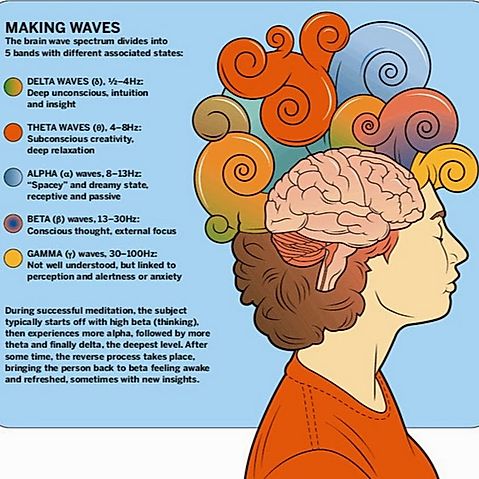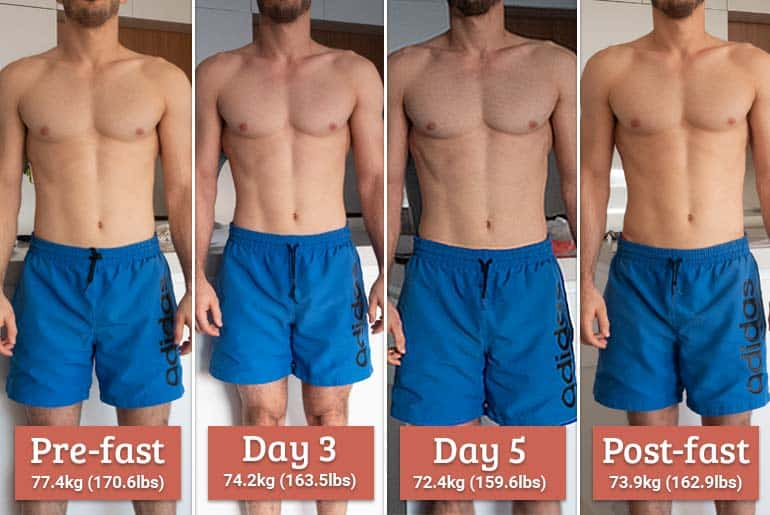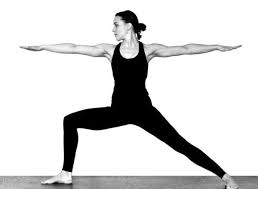
Kriya Yoga is an ancient meditation technique of energy and breath control, or pranayama. It is part of a comprehensive spiritual path, which includes additional meditation practices along with right living.
The Kriya technique was hidden in secrecy for many centuries. It was revived in 1861, when the great yogi Mahavatar Babaji taught the technique to his disciple Lahiri Mahasaya. Lahiri then taught the technique to his disciple Sri Yukteswar, who taught it to his disciples, including Paramhansa Yogananda.
Yogananda then popularized Kriya Yoga through his book, Autobiography of a Yogi, and through his public teaching in the West. Kriya has been taught in an unbroken link of spiritual succession to this day.
How Does Kriya Work?

According to Yogananda, Kriya Yoga is the most effective technique available to mankind today for reaching the goal of Yoga: union with the Divine. Kriya Yoga is so effective because it works directly with the source of growth — the spiritual energy deep in our spines.
All yoga techniques work with this energy, usually indirectly. Yoga postures, for example, can help open up the spinal channels, and balance the energy in the spine. Yoga breathing exercises or pranayama, can help to awaken that energy.
However, Kriya Yoga is more direct. It helps the practitioner to control the life force by mentally drawing that life force up and down the spine, with awareness and will. According to Yogananda, one Kriya, which takes about a half a minute, is equivalent to one year of natural spiritual growth.
Kriya is also very practical in its effectiveness. Kriya Yogis find that it enhances their ability to concentrate, to become more effective in business and in family life, and to become better people in every way.
Kriya Yoga Changes Your Brain Cells.

Your greatest enemies are your bad habits. They will follow you from one incarnation to another until you overcome them. In order to free yourself from fate, you must cure yourself of bad habits. How? Good company is one of the best medicines. If you have a tendency to drink, mix with people who do not. If you are suffering from ill health, be with people who have positive minds, who don’t think about sickness. If you have the consciousness of failure, associate with those who have the consciousness of success. Then you will begin to change.
Each of your habits creates a specific “groove,” or pathway, in the brain. These patterns make you behave in a certain way, often against your wish. Your life follows those grooves that you yourself have created in the brain. In that sense you are not a free person; you are more or less a victim of the habits you have formed. Depending on how set those patterns are, to that degree you are a puppet. But you can neutralize the dictates of those bad habits. How? By creating brain patterns of opposite good habits. And you can completely erase the grooves of bad habits by meditation. There is no other way. However, you can’t cultivate good habits without good company and good environment. And you can’t free yourself from bad habits without good company and meditation.
Every time you meditate deeply on God, beneficial changes take place in the patterns of your brain. Suppose you are a financial failure or a moral failure or a spiritual failure. Through deep meditation, affirming, “I and my Father are one,” you will know that you are the child of God. Hold on to that ideal. Meditate until you feel a great joy. When joy strikes your heart, God has answered your broadcast to Him; He is responding to your prayers and positive thinking. This is a distinct and definite method:
First, meditate upon the thought, “I and my Father are one,” trying to feel a great peace, and then a great joy in your heart. When that joy comes, say, “Father, Thou art with me. I command Thy power within me to cauterize my brain cells of wrong habits and past seed tendencies.” The power of God in meditation will do it. Rid yourself of the limiting consciousness that you are a man or a woman; know that you are the child of God. Then mentally affirm and pray to God: “I command my brain cells to change, to destroy the grooves of bad habits that have made a puppet out of me. Lord, burn them up in Thy divine light.” And when you will practice the Self-Realization techniques of meditation, especially Kriya Yoga, you will actually see that light of God baptizing you.
I will tell you a true story of the effectiveness of this technique. In India, a man who had a bad temper came to me. He was a specialist in slapping his bosses when he lost his temper, so he also lost one job after another. He would become so uncontrollably irate that he would throw at whoever bothered him anything that was handy. He asked me for help. I told him, “The next time you get angry, count to one hundred before you act.” He tried it, but came back to me and said, “I get more angry when I do that. While I am counting, I am blind with rage for having to wait so long.” His case looked hopeless.
Then I told him to practice Kriya Yoga, with this further instruction: “After practicing your Kriya, think that the divine Light is going into your brain, soothing it, calming your nerves, calming your emotions, wiping away all anger. And one day your temper tantrums will be gone.” Not long after that, he came to me again, and this time he said, “I am free from the habit of anger. I am so thankful.”
I decided to test him. I arranged for some boys to pick a quarrel with him. I hid myself in the park along the route where he used to pass regularly, so that I could observe. The boys tried again and again to goad him into a fight, but he wouldn’t respond. He kept his calmness.
The Science of Kriya Yoga..
Kriya Yoga is an instrument through which human evolution can be quickened. The ancient yogis discovered that the secret of cosmic consciousness is intimately linked with breath mastery. The life force, which is ordinarily absorbed in maintaining the heart-pump, must be freed for higher activities by a method of calming and stilling the ceaseless demands of the breath.
“One thousand Kriya practiced in eight hours gives the yogi, in one day, the equivalent of one thousand years of natural evolution: 365,000 years of evolution in one year.”

Preparation for Kriya Initiation
Before you can be initiated into Kriya Yoga, there is a process of preparation which includes study of Paramhansa Yogananda’s teachings and practice of other meditation techniques.
Over the years, Ananda has helped thousands of truthseekers all over the world to prepare for initiation into Kriya Yoga. We’ve seen that the practice of Kriya is infinitely more effective after the proper preparation and study of the Kriya teachings.
Some people claim they have the “real” or original kriya — why?
had many disciples, and he taught Kriya to them with slight modifications depending on the needs of each individual. The essence of Kriya was taught the same, but you can see that there is no single original kriya, therefore. True spiritual Masters, like Lahiri Mahasaya and Paramhansa Yogananda, have the authority and understanding to teach Kriya in that way. Masters will also never claim to have the “only” true Kriya path, nor will they disparage others. Ananda teaches Kriya Yoga just as Yogananda taught it. He learned it from his Guru who was a direct disciple of Lahiri Mahasaya.
There are other groups that teach different “kriya” yogas — what’s the difference?
“Kriya” is a commonly used word in yoga. It literally means “action,” and is used to describe many different techniques. The Kriya that we teach at Ananda is specifically the Kriya Yoga of Lahiri Mahasaya.
Do You Need a Living Guru to Learn Kriya Yoga?
Paramhansa Yogananda personally authorized Swami Kriyananda to initiate others into Kriya Yoga, acting as Yogananda’s instrument. Swami Kriyananda has also authorized a number of Ananda teachers to initiate people into Kriya, acting as instruments for the Ananda line of Gurus.
Kriya is offered as an initiation because it is more than a technique. At Kriya initiations, the teacher offering the initiation acts as a channel for Yogananda’s magnetism and blessing. Many people have been transformed by the power of Kriya initiation through Ananda.
Can Kriya Yoga be dangerous?
Kriya, when practiced under the guidance of an experienced Kriya teacher, is completely safe.
Why do I have to practice the other techniques for a year before receiving Kriya?
The other techniques (Energization Exercises, Hong-Sau, AUM, and more) are part of the Path of Kriya Yoga. The Kriya Yogi continues to practice those techniques even after receiving the Kriya technique. Second, the Kriya technique is much more effective with the year of preparation. Finally, practicing Kriya requires a daily commitment to meditation. It can take up to a year to establish that practice.









